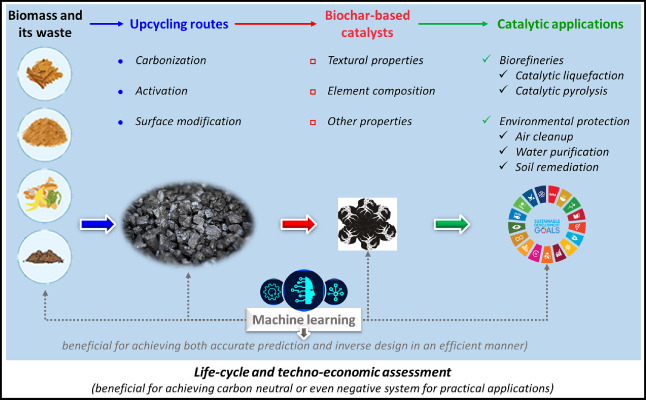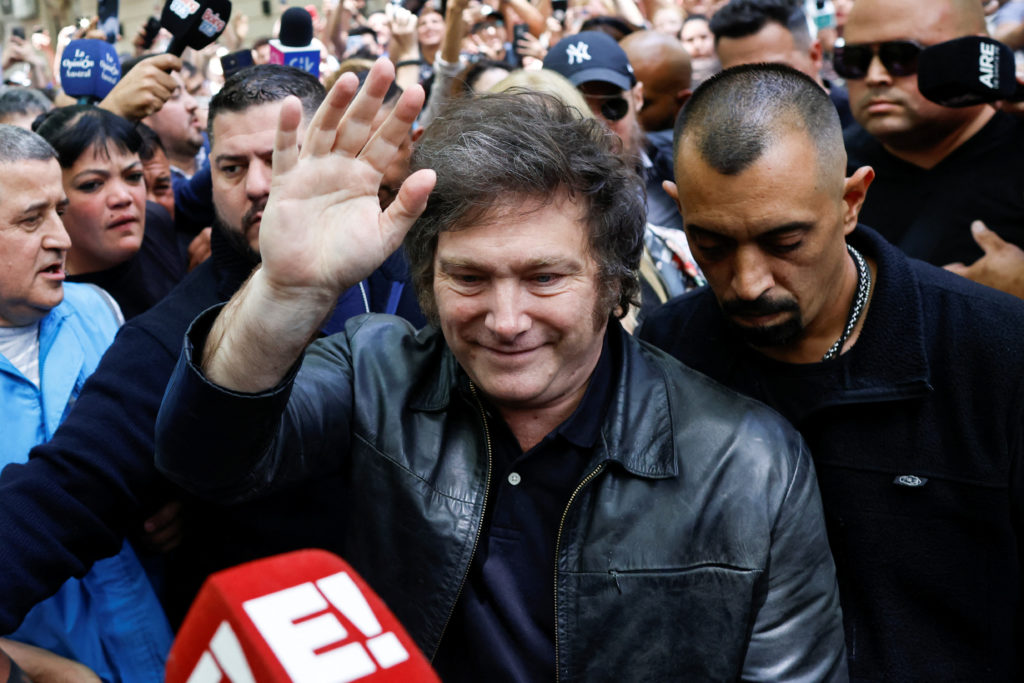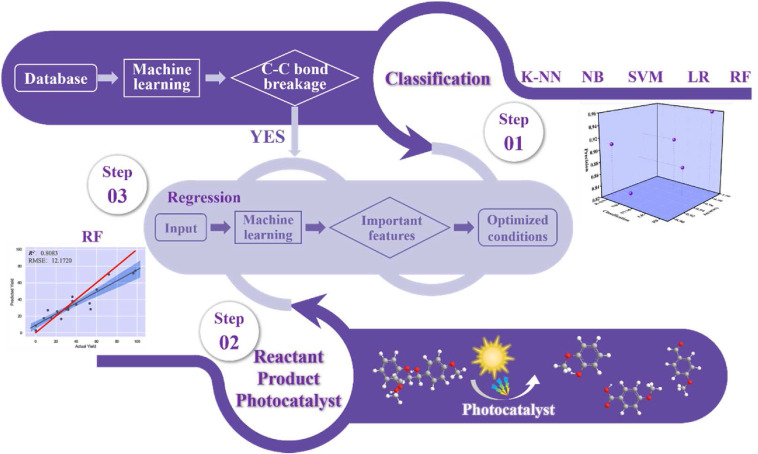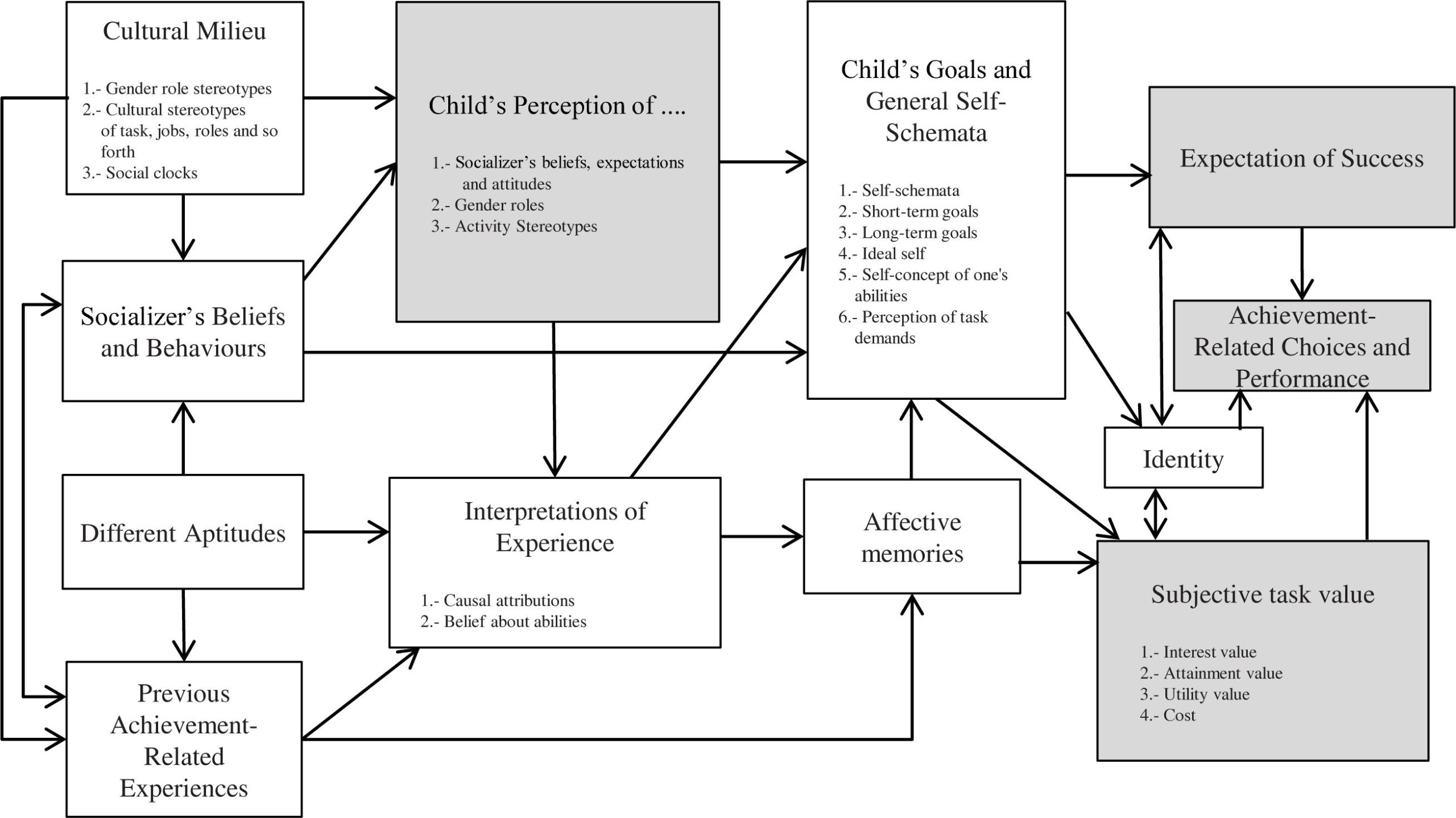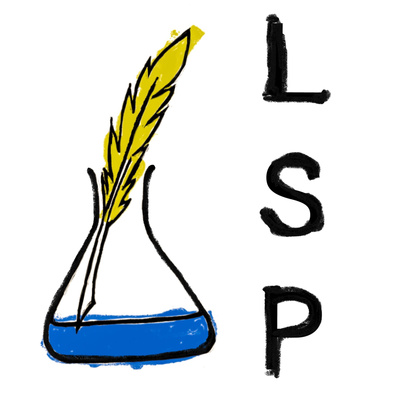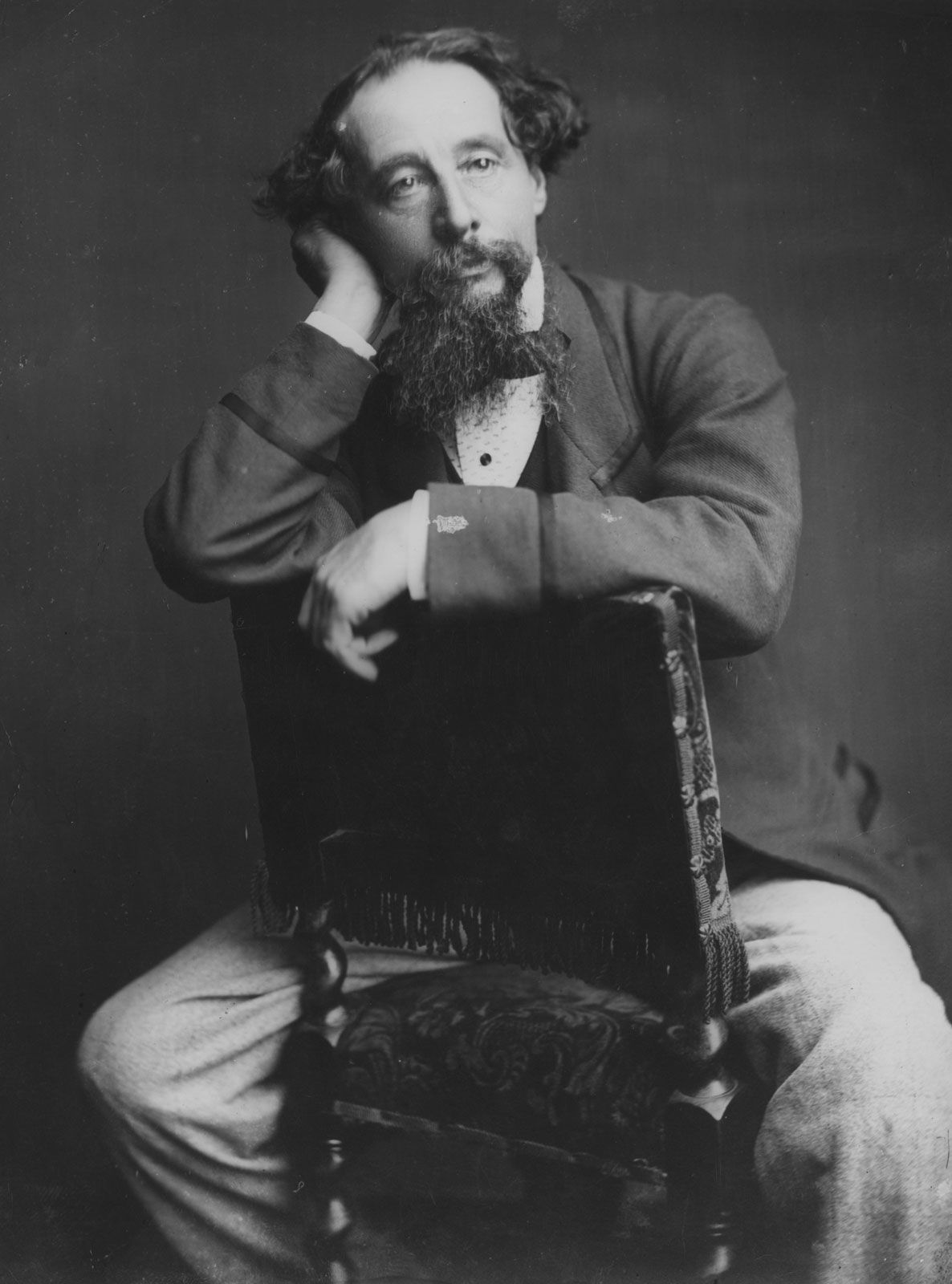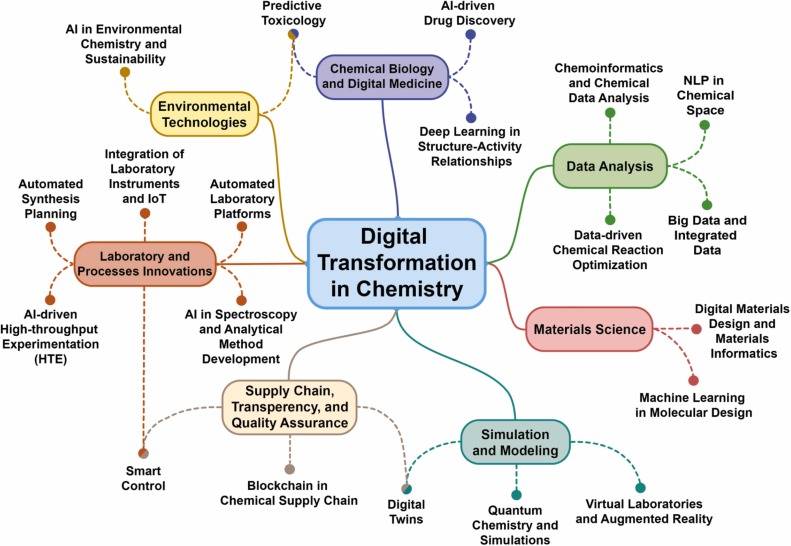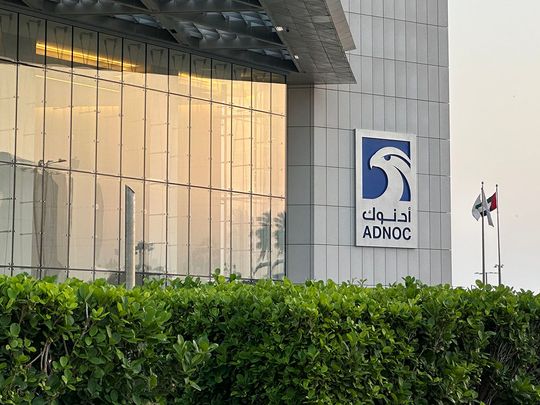# Advancement in Polymer Recycling: An Innovative Nickel-Catalyzed Method for Enhanced Durability and Recyclability ## Introduction The increasing usage of plastics and polymers in contemporary society has transformed sectors ranging from packaging to electronics to automotive production. Nonetheless, one significant issue remains: how can we create materials that perform well in demanding conditions while also […]
Read More